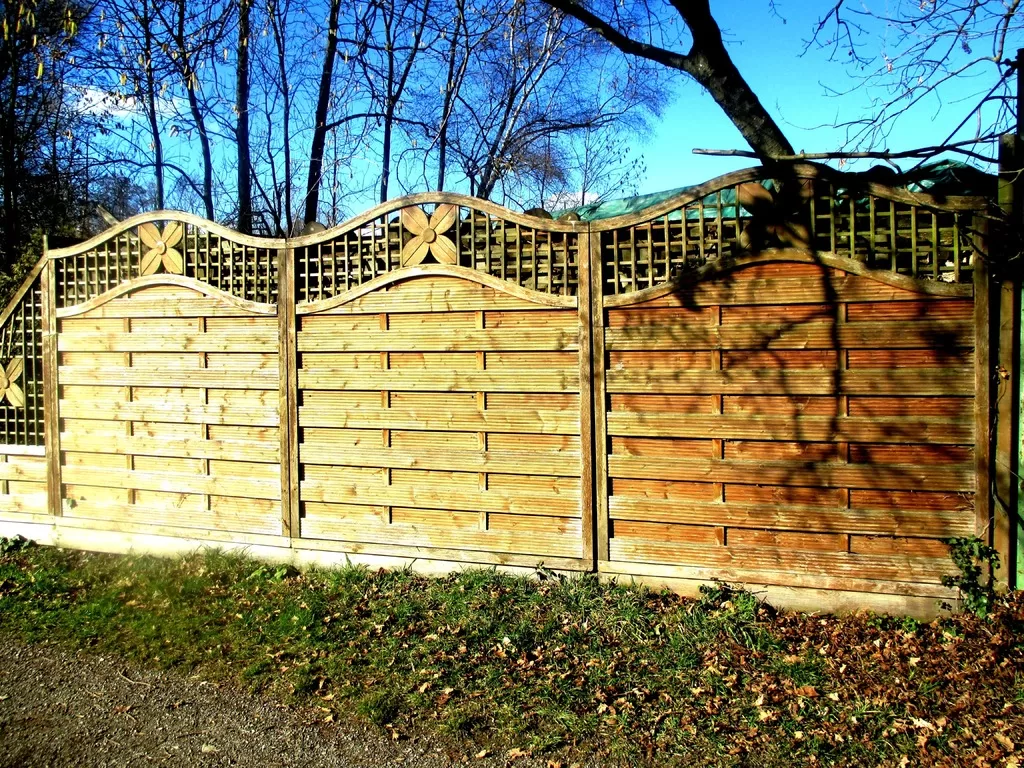Roof hatches must be part of your construction drawings as they provide numerous benefits to your building. Moreover, the national and local codes require specific facilities to install a roof access door.
These horizontal access doors in different sizes, designs, and materials can quickly access your maintenance and repair team, rescue team, and HVAC system installers.
They can also function as a vent system that releases harmful smoke and toxic chemicals or let the natural light pass through to a specific part of the structure. However, consider these things before you start shopping for roof hatches.
1. Check the Purpose
The first step to maximize and utilize the roof hatches’ benefits is to identify their purpose and usage. Are you installing them to quickly access the HVAC system, solar panels, communication equipment, and roof lighting? Or do you need to serve it as a natural skylight for your building to get extra light?
Once you determine their purpose, you can quickly find and categorize the access door you need. You may install the regular roof hatch with a ladder for the service team, rescue team, and employee access.
You may need a customized access door for equipment access, as the equipment size may vary. Ideally, you must call your supplier’s hotline, talk to their support team, and see which equipment roof hatch best fits your needs without compromising the national and local rules and regulations in installing roof hatches.
2. Installation Process
Knowing the installation process is as important as knowing the access door’s primary usage, as the installation process may disturb your business operation, which may affect the company’s revenue.
The business’s flow must operate whether you have tech, maintenance, repair, or installation visits. You can prevent disrupting your business operation with easy-to-install roof hatches which do not require heavy tools and complex procedures.
Read Also:
3. Materials
Roof hatches use various materials to ensure their durability, with benefits and advantages distinct from one another. Three of the most commonly used materials are as follows:
- Steel – Generally, steel is the most commonly used material for roof hatches due to its characteristics. They are naturally durable and make the best frame and cover. They are corrosion and weather resistant. They can also hold up to 40 lbs. of live load, which is essential if you have equipment installed on the building’s roof. It helps ensures the personnel’s safety of not falling through the roof hatch.
- Fiberglass – If you need a flexible material that matches your interior and exterior aesthetics, go for fiberglass. Apart from being durable and lightweight, you can request a custom design that fits your building’s theme. The material’s strength and versatility will give you a more comprehensive option regarding size, shape, and application.
- Aluminum – If you need a lightweight yet robust material, choose aluminum roof hatches. They are corrosion-resistant, light, and non-combustible, with a melting point of 660 degrees Celsius. It means they can tolerate heat up to a specific extent making it an ideal material for roof hatches installed, particularly in commercial spaces such as restaurants.
4. Insulation
Every business must be cautious with its energy consumption. It is essential that the building must have a solid insulation material to reduce the risk of air leakage, which is one of the reasons why the building temperatures fluctuate.
In addition, air leaks from unsuitable roof hatch can cause your heating, ventilation, and air conditioning systems to work harder to maintain the room’s temperature causing your energy bill to increase slightly.
Insulated roof hatches also reduce noise transmission, making them an ideal roof hatch if you have noise-producing generators, HVAC, or other equipment and tools.
5. Load Bearing Limits
The access door’s weight varies primarily due to its size and the materials used. Before installing an access hatch to your building’s roof, check the load-bearing capacity first. Consider how much weight your roof can sustain, especially during winter.
Can it support the weight of the snow and the roof hatch’s extra mass at the same time? Are you willing to compromise the roof’s structural integrity?
6. Accessibility
In the construction industry, accessibility is synonymous with safety and convenience. The accessibility of the roof hatch’s location and the access door is essential as it ensures that people using the entryway can quickly and safely reach the area without any risk of accidents and severe injuries.
7. Security
Theft, robbery, and accidental access are some of the incidents you must avoid. Quality locks and latches can help you prevent these situations from happening. They can efficiently increase the security of the place and prevent unauthorized personnel from getting into the building through the roof.
8. Code Compliance
To ensure that the building structure and the company promote safety, private and government agencies created building codes, such as ICC, OSHA, and NFPA.
Building contractors, architects, engineers, and even interior designers must follow the guidelines imposed by the building code’s governing body.
They must strictly adhere to the code from planning, to construction drawing, to the installation of the specific equipment, tools, access doors, and other essential things necessary or required for the business to be operational. Building codes help building owners make their facility a standard structure.
9. Type
After determining their purpose, the next thing that you must check is the different types of roof entryways. There are at least five classifications or types of roof hatches that you need to familiarize.
- Standard Roof Hatches – ideal if you need a simple roof hatch installed on your roof.
- Insulated Roof Hatches – choose this type if you need an access door to help your HVAC systems and cold storage areas’ energy efficiency.
- Smoke Vent Roof Hatches – If your business mainly belongs to the food industry, consider installing smoke vents with automatic release to quickly evacuate the place during emergencies.
- Gravity Vent Roof Hatches – use this type of roof hatches if the industrial, commercial, or institutional building needs an extra vent system that can naturally bring air inside the facility.
- Power-Operated Roof Hatches – Select power-operated roof hatches if you need a roof access door, particularly for heavy equipment.
10. Price
Price also matters when choosing a roof hatch. Ensure the access door’s cost matches its qualities, functions, and advantages. Look for trusted suppliers in your area that can provide excellent roof hatches at a very reasonable price.
Ready to Install a Roof Hatch?
After learning the top ten things you need to consider before installing a roof hatch, you must start searching for the best access door suppliers in your area. It is easy to identify them and check their reviews, history, and experience in the construction industry.
Once you have a good list of suppliers, funnel them down according to the roof hatch’s price, materials, service, and packages.










